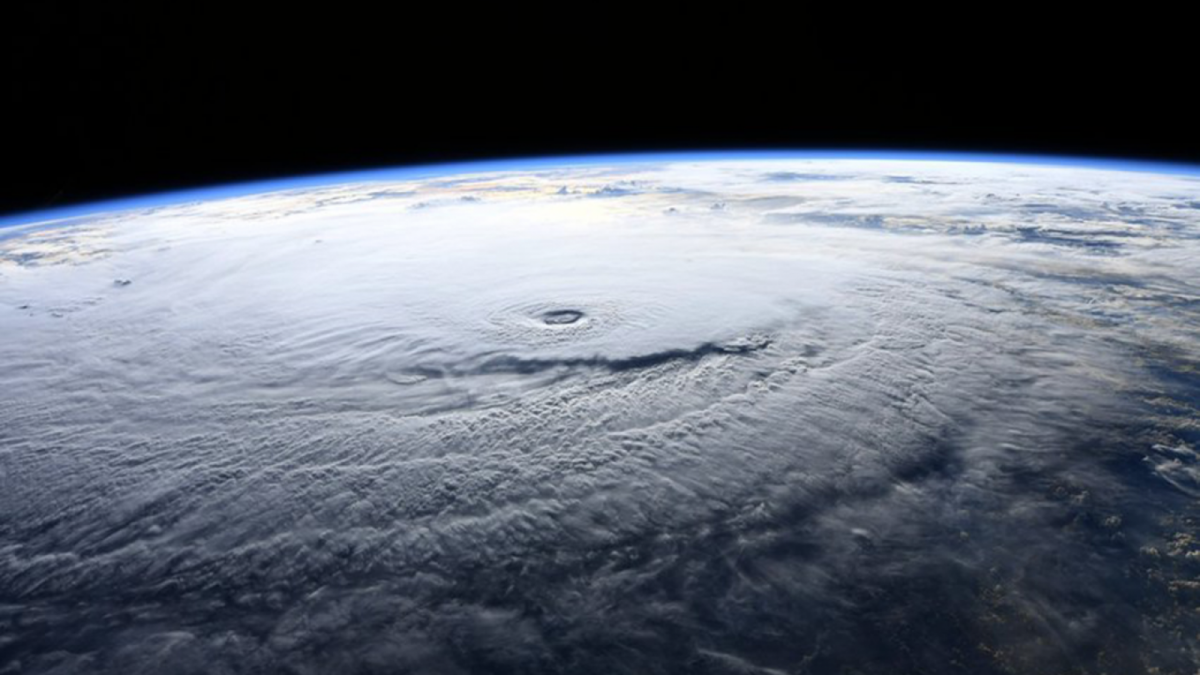Dangerous Hurricane Lane Approaching Hawaii, While Atlantic Hurricane Season Stays Quiet
A look at the impacts of Cat. 4 Hurricane Lane passing Hawaii and why the Atlantic Hurricane season is so quiet.
President Trump has declared a State of Emergency for Hawaii ahead of Hurricane Lane. Hurricane warnings and watches have been issued for all main Hawaiian Islands, as category 4 Hurricane Lane (with sustained winds of 130mph) continues to move northwest towards the islands. Although the tropical cyclone is weakening, it reached category 5 for a time, before being downgraded, it will still be a strong storm as it impacts the islands. Lane will pass close enough to bring life threatening conditions across Hawaii later on Thursday through Friday and into early Saturday with damaging winds, dangerous surf, coastal storm surge and intense flooding rains.
Flooding will be the main issue rather than the winds for many places – as the islands are mostly impacted by the outer bands of the hurricane whose centre will track to the south. The slow-movement of the storm will increase the threat of prolonged heavy rainfall and flooding. Some NWP models are forecasting rainfall totals exceeding a foot.
A Hurricane Warning is in effect for the island of Oahu – including the capitol Honolulu, Maui and Hawaii islands. A Hurricane Watch is in effect for Kauai island. Storm Force winds will arrive across Big Island first, Thursday evening local time. Already the local police are reporting impacts due to heavy rain, with landslides causing blocking roads, Hilo on Big Islands has already seen 8 inches in the last 24 hours, with much more to come as Lane stalls to the south.
What is interesting about Hurricane Lane is that, unlike southern and eastern mainland USA, hurricanes rarely make landfall in Hawaii – which means some residents of the islands have never experienced one. Hurricane Dot was the first one in the last 70 years to hit the islands in 1959, followed by Hurricane Iniki in 1992. Other than hurricanes, there have only been two tropical storms that made landfall.
Tropical storms, let alone hurricanes, are few in the central tropical Pacific - where Hawaii is, with the tropical eastern Pacific and North Atlantic seeing many more tropical storms or hurricanes.
The North Atlantic hurricane season has been unusually quiet so far though.
So why so much activity over the Pacific and not the Atlantic? Temperatures in the Atlantic where hurricanes normally form have been cooler than normal, also there has been large amounts of dust from the Sahara moving out from West Africa across the Atlantic towards the Caribbean, reaching as far west as Texas, making the atmosphere too dry for tropical disturbances to form, by preventing cloud formation. Also, wind shear has been strong across the tropical Atlantic – also preventing tropical convection forming disturbances that can form hurricanes. Meanwhile, across the eastern and central Pacific, warm waters have helped fuel tropical storms here.


